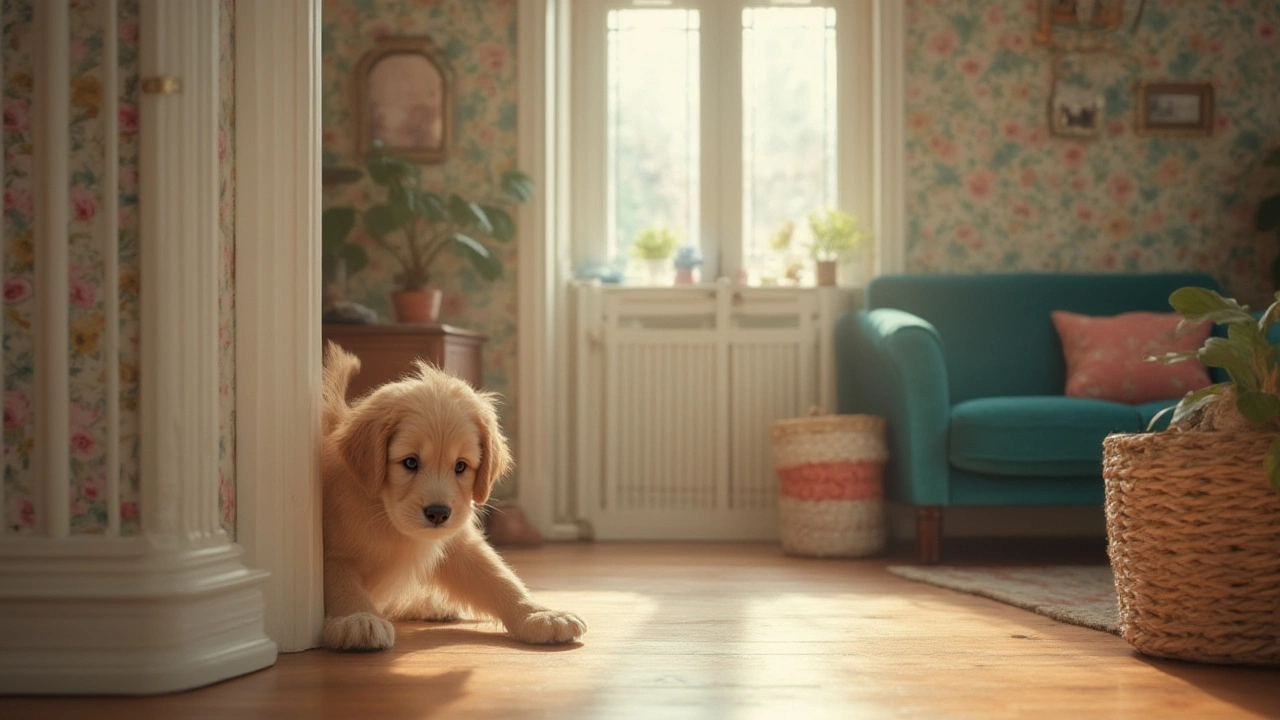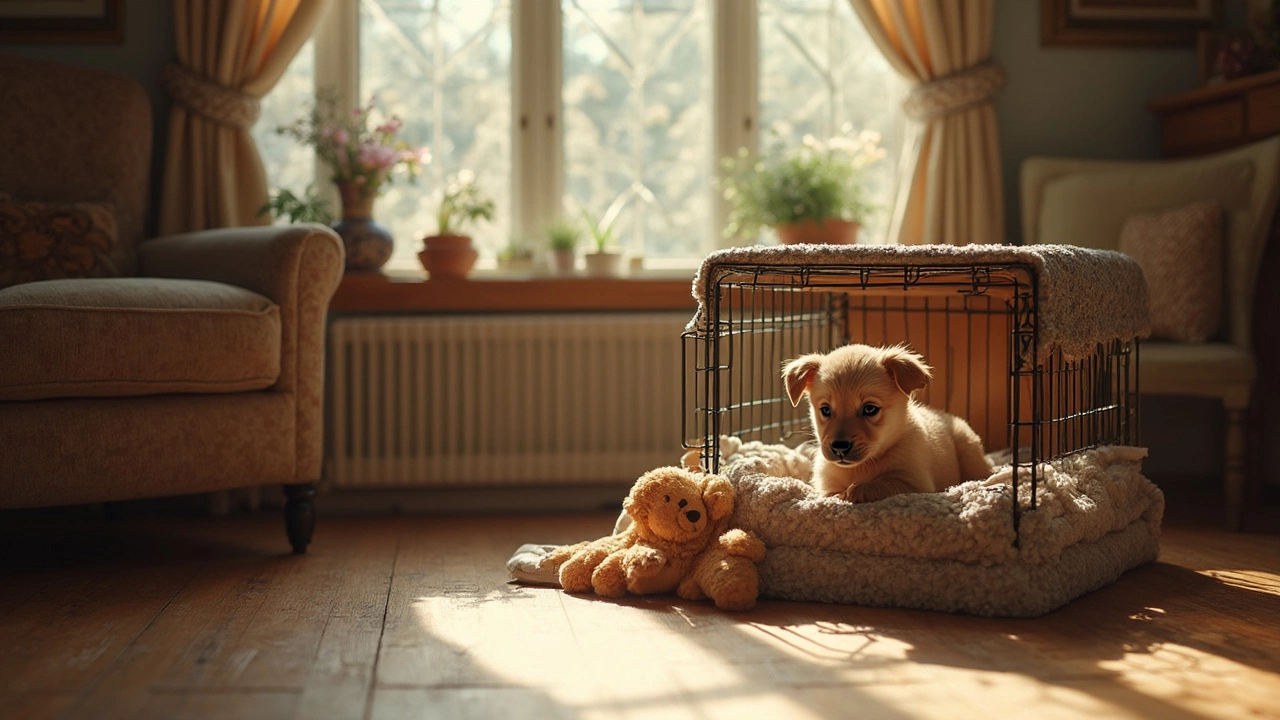Puppy Behavior: What Every New Owner Should Know
Got a new pup and wonder why they chew, whine, or stare at the wall? You’re not alone. Puppies are tiny balls of energy with a brain that’s still figuring things out. The good news? Most annoying habits can be changed with a few clear steps.
Common Puppy Behaviors Explained
First off, biting and nipping are normal. A puppy’s mouth is a tool for exploring, so they’ll test what feels good on your skin. The key is to stop the game before it becomes painful. Offer a chew toy the moment they snap at your hand and reward the switch.
Another frequent puzzle is "nooking" – the habit of sucking or kneading soft toys. It mimics how puppies nurse from their mother. It’s usually harmless, but if it turns into constant chewing on furniture, swap the soft toy for a durable, puzzle‑type toy that satisfies the need to suck without destroying your couch.
Wet puppy syndrome is less common but worth a mention. Some pups get stuck in a limp, wobbling state after a bath or a chilly walk. It’s usually a temporary muscle issue; keep them warm and give a gentle massage. If it lasts more than a few minutes, call a vet.
Helpful Tips to Shape Good Habits
Crate training is one of the most effective ways to give a puppy a safe space. Many owners ask, "Should I cover the crate at night?" A light cover can make the crate feel den‑like and reduce visual distractions, but make sure there’s airflow and the pup can’t get tangled.
Consistent routines work like magic. Feed, walk, and train at the same times each day. When your pup knows what to expect, anxiety drops and problem behaviors shrink. Use short, happy training sessions – five minutes a few times a day – to keep their attention.
Socialisation matters. Expose your puppy to different sounds, surfaces, and people early on. A well‑socialised pup is less likely to bark excessively or become fearful. Keep experiences positive; a treat after a new encounter reinforces good feelings.
Finally, watch the signs of boredom. A pup that’s left alone for long stretches will find its own entertainment, often by chewing shoes or digging holes. Rotate toys, introduce scent games, or teach simple tricks to keep the mind busy.
Remember, every puppy is an individual. Some will outgrow certain habits quickly, while others need extra patience. Keep a notebook of triggers, successes, and setbacks – it helps you see patterns and adjust your approach.
By understanding why your puppy does what it does and applying these straightforward tips, you’ll build a stronger bond and enjoy a calmer home. Happy training!
- Morgan Ainsworth
- 0 Comments
What Age Can Puppies Safely Free Roam at Home?
Wondering when your puppy can free roam at home? Find out the best age, tips on house training, common mistakes, and smart ways to puppy-proof your home.
View More- Morgan Ainsworth
- 0 Comments
Should I Lock My Puppy in His Crate During the Day?
Crate training is a common practice, but many puppy owners wonder if it’s appropriate to lock their furry friends in crates during the day. This article explores the benefits and drawbacks of using a crate, offering insights into when it might be beneficial and when it could be harmful. Discover practical tips for effective crate training to ensure your puppy feels safe and comfortable. Learn how to balance crate time with playtime, and understand the developmental needs of your puppy. Make an informed decision about using a crate for daytime puppy care.
View More

